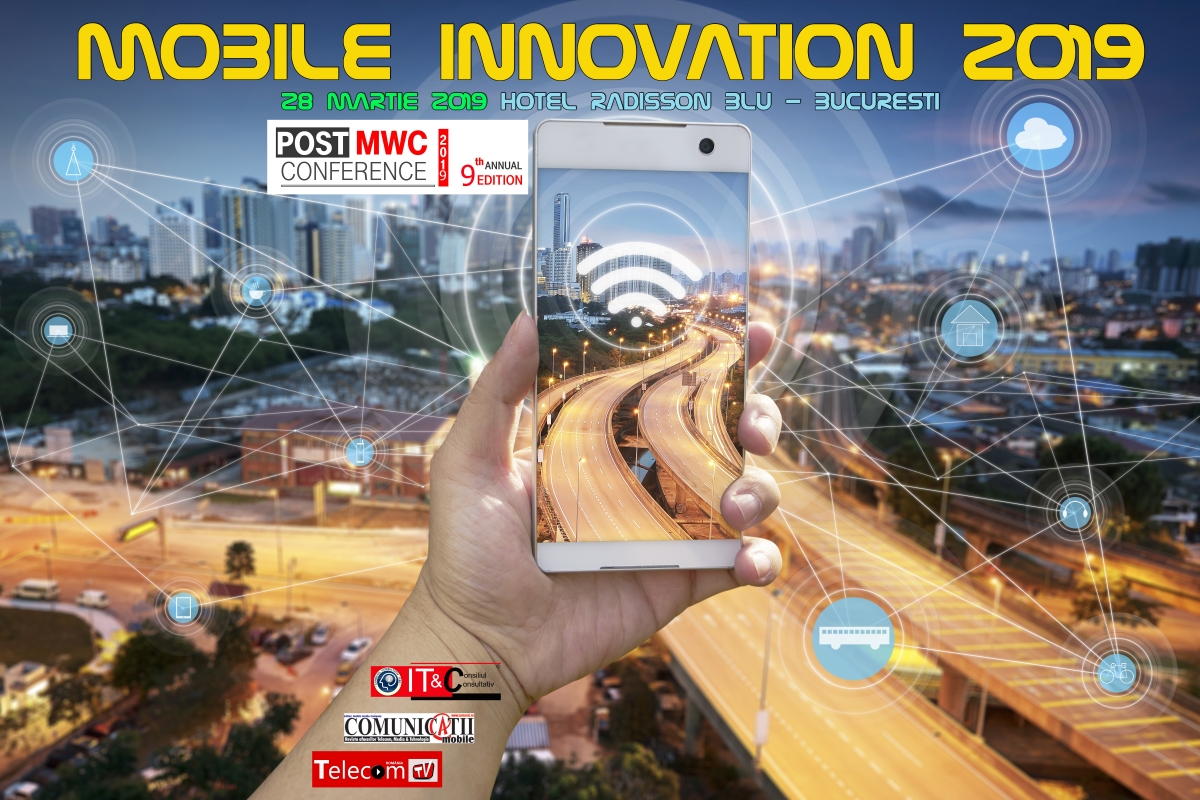New topics, such as virtual reality (VR) and artificial intelligence (AI), have gained traction in the past couple of years at MWC, but IoT continues to be a key theme of the industry's annual get together. In this article, we explore some of the IoT developments from the 2017 event, according analysysmason.com.
LTE-M gained prominence, raising questions about NB-IoT
At MWC, nine big operator groups issued a statement backing LTE-M,1 including AT&T, Orange, NTT Docomo and Verizon. These operators argue that LTE-M is a better compromise between performance and price than the competing NB-IoT solution. LTE-M can handle up to 1Mbps and carry voice, and yet the modules are only about 10% more expensive2 and are only slightly less energy efficient than NB-IoT units.
This support for LTE-M contrasts with the position taken by other big operators, including Deutsche Telekom and Vodafone, which are backing NB-IoT. It is possible that Europe may have a patchwork of coverage – some countries will only have NB-IoT, some only LTE-M, some both. In the USA, both AT&T and Verizon have elected to build LTE-M networks. The situation in China is less clear. China Mobile is known to be interested in deploying LTE-M and all three mobile network operators (MNOs) have NB-IoT trials.
This fragmentation is likely to create uncertainty. A firm that wanted to add connectivity to its device would struggle to choose a technology. It could simply add both – Qualcomm and others have modules that offer NB-IoT and LTE-M connectivity3 – but this adds complexity and cost; exactly what the industry wants to avoid with solutions for IoT.
This fragmentation is likely to be resolved in time, probably the next year or 2, with one of the standards prevailing. The final investment decisions of the Chinese operators may be key here. However, whatever happens we are not looking at a GSM-vs-CDMA type split. Both NB-IoT and LTE-M are (relatively simple) software upgrades to an existing LTE network; an operator could conceivably offer both simultaneously.
This fragmentation with the 3GPP standards creates more opportunity at the low end of the market for technologies like Sigfox and LoRa, both of which were demonstrating new geolocation features at the show. As the 3GPP standards fight for primacy, the unlicensed technologies continue to make progress.
IoT applications are not supporting the business case for 5G
The second theme of interest at MWC was IoT applications using 5G (or rather, the lack of them). Massive connectivity for IoT is one of the three or four main application groups that are supporting the argument for 5G, but examples that will generate significant revenue were difficult to find.
The most commonly cited IoT application is the use of 5G for vehicle-to-vehicle or vehicle-to-infrastructure communications (V2X) that would benefit from lower latency. Countering this was a demonstration from Nokia of vehicle platooning that compared LTE-based V2X (i.e. 4G) with dedicated short-range communications (DSRC). Nokia said that it was yet to find any vehicle platooning use cases that needed 5G. Qualcomm told a similar story; its stand included no examples of IoT applications based on 5G.
For operators, this means that almost all the uses cases for IoT that can be thought up can use a variant of 4G (or even something simpler) without needing major network investment. However, it also means that any business case for 5G investment cannot rely on IoT. 5G-based IoT applications may emerge, but they are not in evidence yet.
New models are emerging for global connectivity
Ahead of MWC, Nokia announced WING4, a kind of global MVNO for IoT connectivity. Tata Communications launched something similar called MOVE.5 Initially, MOVE will be for IoT connections, but other enterprise mobile contracts will be added later.
MOVE, WING and other global IoT MVNOs, like Cubic, Globetouch and Truphone challenge the dominant model for global connectivity where a network operator (such as AT&T, Orange or Vodafone) fronts a contract based on a series of local wholesale deals.
MOVE and WING have significant backers but the freedom to act with some independence and to challenge existing ways of working. These new types of service provider have the opportunity to win contracts and threaten the existing players, especially for new types of service, such as global IoT connectivity.
Verizon’s Exponent is the latest example of blurring vendor/operator boundaries
Verizon used MWC to launch Exponent,6 which will sell capabilities like Verizon’s IoT ThingSpace, media and AOL advertising technology platforms to other operators. Exponent was established as a separate entity to avoid conflict of interest with Verizon’s own businesses, and its parent company will be one of its customers.
Exponent is an example of telecoms operators exploring a role as a service enabler or platform vendor, rather than a service provider, as a way of diversifying and targeting new customers. However, Vodafone is selling its IoT connectivity management platform, Global IoT Platform (formerly GDSP), to other operators and AT&T has licensed its smart home platform to O2 UK, but Exponent is selling a broad set of platforms not just one solution.
Nokia’s launch of WING is an example of a vendor moving in the opposite direction and becoming a service provider. Nokia, like many other vendors, wants to decrease its reliance on operators as a channel to market and to sell more to enterprises directly.
In these examples, we are seeing a blurring of the lines between operators and vendors and this is going to create some challenges, particularly around competing with a potential customer. For example, would Exponent sell to a division of Deutsche Telekom, given that Verizon competes with T-Mobile in the USA? Nokia will also need to be careful how it manages WING so that it is not seen as a threat to operator clients.
2 Exact module prices are not available, but we have heard figures of around USD7 for NB-IoT and USD8 LTE-M, both significantly higher than the USD2–3 for Sigfox or LoRa units. Combined NB-IoT/LTE-M modules are around USD10.






